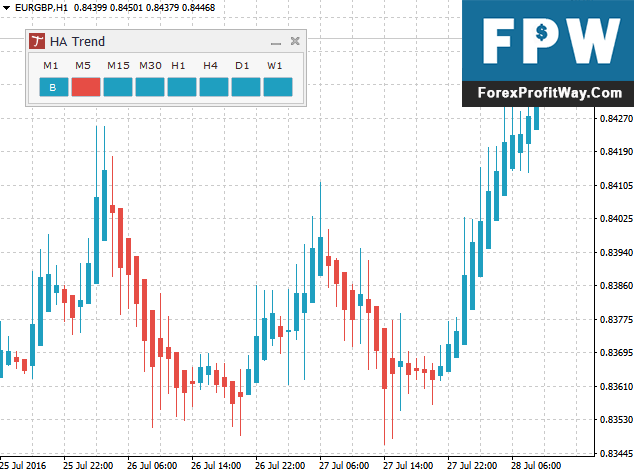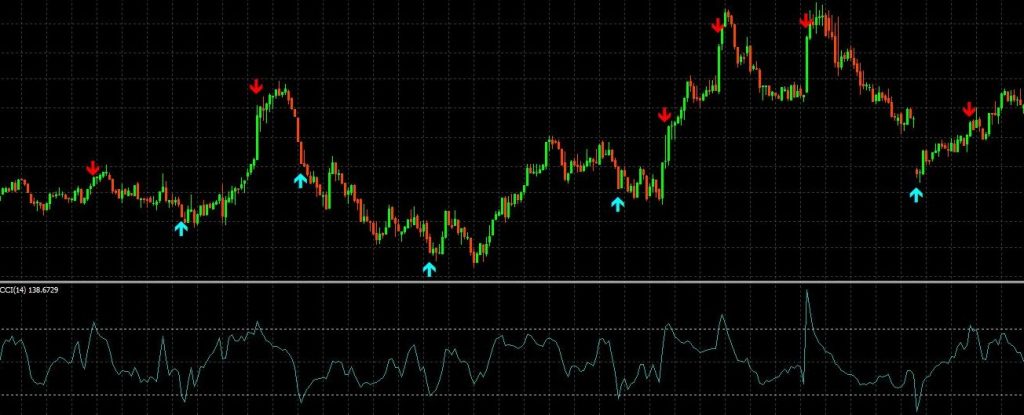Contents:


Transactions are recorded as necessary to permit the preparation of accurate financial statements and to maintain accountability for the organization’s assets. In this context, cash might include physical money and funds in checking and savings accounts, retirement accounts, and investment accounts. To see an accurate picture of your cash flow, you have to consider more than your company’s cash disbursements. To understand the disappearing cash magic trick, take a closer look at the statement of cash flows and the changes in the balance sheet. When small business owners get their monthly financial statements, their eyes quickly focus on the bottom line of the income statement.

Assets represent value of ownership that can be converted into cash .The balance sheet of a firm records the monetary value of the assets owned by that firm. It covers money and other valuables belonging to an individual or to a business. Working capital, cash flows, collections opportunities, and other critical metrics depend on timely and accurate processes. Ensure services revenue has been accurately recorded and related payments are reflected properly on the balance sheet. In accounting, assets are classified as debits and liabilities and owners equity, which in this case is bank capital, are classified as credits.
What Is Over and Short?
That’s because the accounting standard is to expense the long term asset gradually through depreciation over the useful life of the assets. Meanwhile, the entire sale is recognized as revenue on the income statement, reflecting the legal obligation by the customer to pay for the purchase they made on credit. Therefore, in this scenario, the business could show a hefty profit, but there’s been no cash exchanged between the two parties. Knowing when and how expenses and revenues are recognized on the income statement are key evidence in the negative cash flow mystery. But for the true cash flow story you want to look at the Statement of Changes in Cash Flow.
Most companies organize their balance sheet in a vertically-formatted report. The balance sheet is organized into three categories—assets, liabilities and equity—and includes five types of account entries. Clover Product Suite Customized point of sale systems that make your business operations easy.
Is the Supplies account classified as an asset, a liability, an owner’s equity, a revenue, or an expense account? In short, yes—cash is a current asset and is the first line-item on a company’s balance sheet. Cash is the most liquid type of asset and can be used to easily purchase other assets.
AccountingTools
A wasting asset is an asset that irreversibly declines in value over time. This could include vehicles and machinery, and in financial markets, options contracts that continually lose time value after purchase. An asset classified as wasting may be treated differently for tax and other purposes than one that does not lose value; this may be accounted for by applying depreciation. Prepaid expenses – these are expenses paid in cash and recorded as assets before they are used or consumed . As for the calculation of net debt, a company’s cash and cash equivalents balance is deducted from its debt and debt-like instruments.
Gain global visibility and insight into https://1investing.in/ing processes while reducing risk, increasing productivity, and ensuring accuracy. Close the gaps left in critical finance and accounting processes with minimal IT support. BlackLine’s foundation for modern accounting creates a streamlined and automated close. We’re dedicated to delivering the most value in the shortest amount of time, equipping you to not only control close chaos, but also foster F&A excellence.

The above example of how to calculate overtime pay equivalents is taken from CFI’s Financial Modeling Courses. A debit balance in Cash Over and Short is reported as _____. Your company can track your debts to other companies, what you owe your employees, taxes and other obligations in this section. Asset is a resource or something of value that a company owns.
The net income for the period increases the net worth of the business . A cash flow statement is not only concerned with the amount of the cash flows but also the timing of the flows. Many cash flows are constructed with multiple time periods. For example, it may list monthly cash inflows and outflows over a year’s time. It not only projects the cash balance remaining at the end of the year but also the cash balance for each month. A cash flow statement is one of the most important financial statements for a project or business.
Why Profits Don’t Equal Cash Flow
A bank also needs funds to pay bills, but while bills are predictable in both amount and timing, cash withdrawals by customers are not. The tractor is a capital asset and has a life of more than one year. It is included as an expense item in an income statement by the amount it declines in value due to wear and obsolescence. In the tables below a $70,000 tractor is depreciated over seven years at the rate of $10,000 per year. Inventory purchases are recorded as a charge (debit – D) in the sales operating account on an Inventory object code.
- Otherwise, bank overdrafts are to be reported separately as a current liability.
- It involves making decisions about how to best allocate resources in order to maximize returns while minimizing risks.
- A key part of effective cash management is the internal control of cash.
Carla Tardi is a technical editor and digital content producer with 25+ years of experience at top-tier investment banks and money-management firms. A bank to record daily differences between a teller’s actual cash at the end of the day versus the expected amount of cash based on checks cashed, deposits received, etc. The category into which a specific internal control might fall is not particularly important. Far more relevant are the reasons why internal controls are established and the purpose they serve.
What Causes the Trial Balance to Be Unequal?
Conducting an accurate physical inventory is a vital component to creating an accurate, consolidated balance sheet at the university level. The physical inventory results directly impact the unit’s cost of goods sold, revenue, and profit, and ultimately, the information presented on the university’s financial statements. Inventory is an asset and it is recorded on the university’s balance sheet. Inventory can be any physical property, merchandise, or other sales items that are held for resale, to be sold at a future date. Departments receiving revenue (internal and/or external) for selling products to customers are required to record inventory.
Cash and Cash Equivalents is a categorization on the balance sheet consisting of cash and current assets with high liquidity (i.e. assets convertible into cash within 90 days). Accounts receivable represent convertible assets owed to the company. That is, they describe a financial resource that can be converted to cash in the near future, once the customer has paid. An asset is any resource that provides monetary value to a business. It can help the business produce economic value and can be converted to cash. BlackLine is a high-growth, SaaS business that is transforming and modernizing the way finance and accounting departments operate.
Partners Merchant accounts without all the smoke and mirrors. Earn your share while providing your clients with a solid service. Financial Institutions Integrate our services with yours to solidify your place as a trusted advisor for your commercial banking customers. My Accounting Course is a world-class educational resource developed by experts to simplify accounting, finance, & investment analysis topics, so students and professionals can learn and propel their careers. Reconciliation is an accounting process that compares two sets of records to check that figures are correct, and can be used for personal or business reconciliations.
Fitch Affirms Korea Gas Corporation at ‘AA-‘; Outlook Stable – Fitch Ratings
Fitch Affirms Korea Gas Corporation at ‘AA-‘; Outlook Stable.
Posted: Thu, 13 Apr 2023 08:58:00 GMT [source]
This will show income (credit – C) to the operating account and an expense (debit – D) to the customer’s account that is receiving the inventory. The current or short-term assets are convertible and usable. Short-term assets are those assets that are highly liquid and can be easily sold to realize money from the market, typically within one year. Such short-term assets have a maturity of fewer than 12 months and are highly tradable and marketable. Strong internal controls are necessary to prevent mishandling of funds and safeguard assets.
- Whenever someone in the company requests petty cash, the petty cash custodian prepares a voucher that identifies the date, amount, recipient, and reason for the cash disbursement.
- Accumulated depreciation is a [] asset account and is reported on the balance sheet.
- Internal controls also ensure that responsibilities are met.
- Learn financial statement modeling, DCF, M&A, LBO, Comps and Excel shortcuts.
- The balance sheet is then broken down into five different categories with the most liquid assets being at the top of the report.
- Turn payment data into actionable, real-time intelligence.
Long-term assets are depreciated as an expense over the period being used. Whenever someone in the company requests petty cash, the petty cash custodian prepares a voucher that identifies the date, amount, recipient, and reason for the cash disbursement. For control purposes, vouchers are sequentially prenumbered and signed by both the person requesting the cash and the custodian. After the cash is spent, receipts or other relevant documents should be returned to the petty cash custodian, who attaches them to the voucher. All vouchers are kept with the petty cash fund until the fund is replenished, so the total amount of the vouchers and the remaining cash in the fund should always equal the amount assigned to the fund. Liabilities reflect all the money your practice owes to others.
Treasurise Awards 2023: Establishing control – The Asset
Treasurise Awards 2023: Establishing control.
Posted: Mon, 10 Apr 2023 16:21:17 GMT [source]
The primary securities that banks own are United States Treasuries and municipal bonds. These bonds can be sold quickly in the secondary market when a bank needs more cash, so they are often called secondary reserves. Some banks, usually smaller banks, also have accounts at larger banks, called correspondent banks. Which are usually larger banks that often borrow from the smaller banks or perform services for them.
Are considered an asset in the business’s accounting ledger because they can be converted to cash in the near term. Whether you’re new to F&A or an experienced professional, sometimes you need a refresher on common finance and accounting terms and their definitions. BlackLine’s glossary provides descriptions for industry words and phrases, answers to frequently asked questions, and links to additional resources. For example, deflation occurs when there is a shortage of currency in circulation.